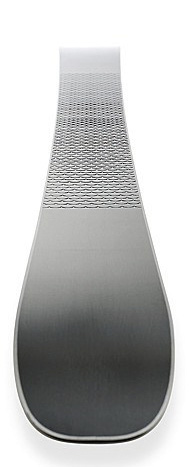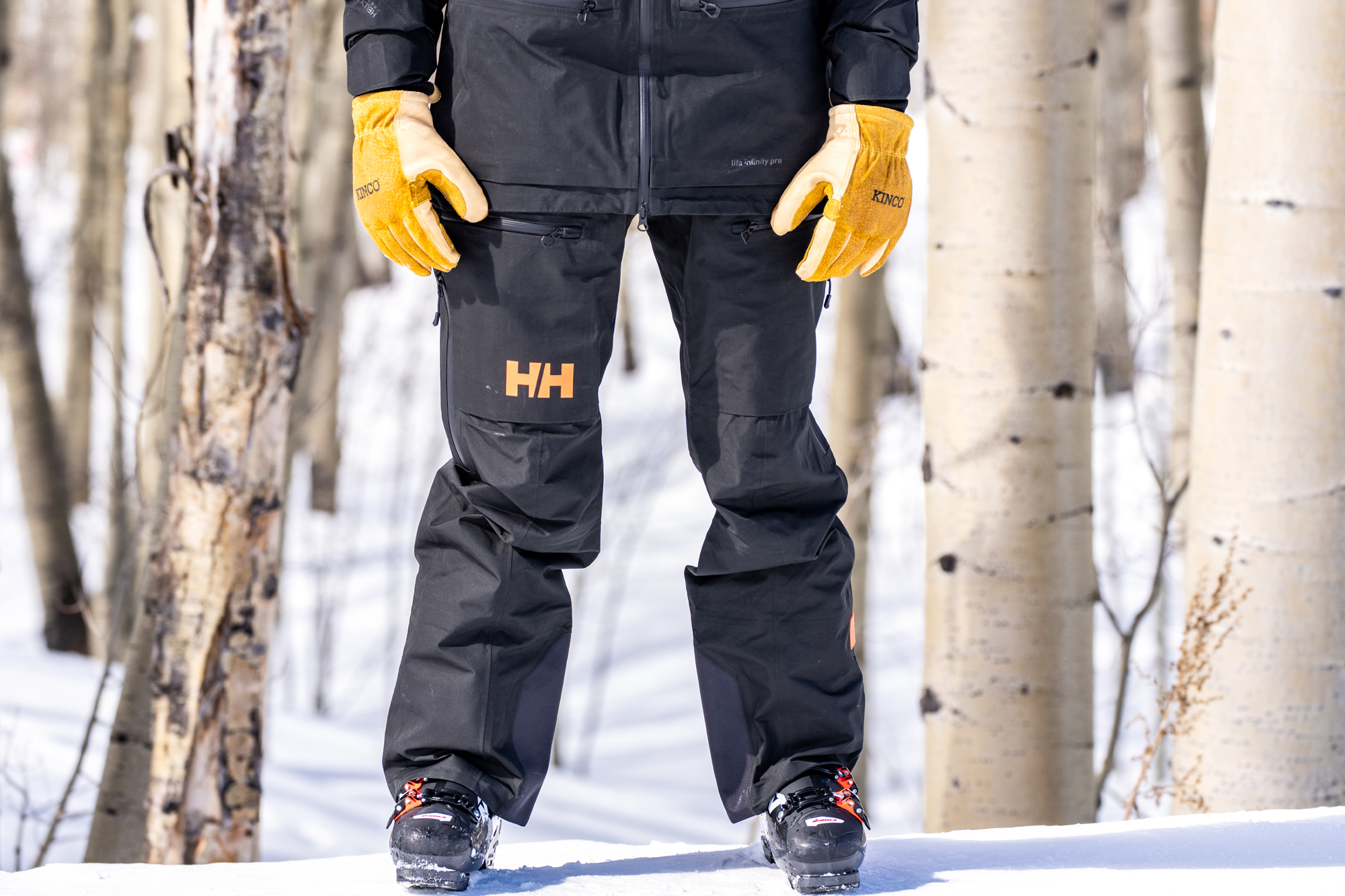Telemark skiers are a diverse crowd. On one end you have those who remain faithful to three-pin bindings and leather boots; on the other are brands like Rottefella that push the sport with burlier equipment.
The New Telemark Norm (or NTN) binding was released by Rottefella in 2007. It added lateral stability, binding release, ski brakes, and “ease of entry” (stuff that alpine skiers have enjoyed for ages) to the Telemark vocabulary.

The brand’s first NTN binding, the Freeride model, was a burly all-mountain design that favored resort skiing over the backcountry due to its weight and limited range of motion in tour mode.
This winter, Rottefella released the Freedom, a leaned-down NTN binding aimed squarely at backcountry skiers. It weighs 300g less per binding than the Freeride, has 60 degrees of rotation in tour mode, and dual climbing wires (35mm and 65mm) for steep uphill hikes.
I tested it this winter with what I think is a pretty killer combo: the Scarpa TX Pro boot and the Voile Vector BC ski. The Scarpa TX Pro, an NTN compatible boot, comes with thermo-moldable liners, micro-adjustable buckles, a power strap, and a durable ski/walk switch mechanism.

My skis, the Voile Vectors, are by today’s standards not particularly fat but nor are they skinny with 94mm underfoot. They have a twin-tip rockered/cambered design to give edge hold or flotation when you need it.
The “BC” version of the Vector ski adds a wax-less “fish scale” pattern to the middle of the base. While that might sound strange for a downhill ski, the scales add some traction for backcountry situations where you have to navigate an incline but couldn’t be bothered to put on climbing skins.
I put this setup through the test in the Chic-Choc mountains of Quebec near my home. I rode the backcountry and resort trails on the setup from December until just this week.

On the uphills, the bindings’ range of motion and ease of rotation in tour mode made climbing a pleasure. The climbing wires, however, don’t have all of the bugs worked out: The short wires had a tendency to collapse at the most inopportune times. This was a problem that I remedied by notching out a little more plastic in the heel piece with a Dremel tool.
My boots were a good compliment to the Freedom binding. I appreciated the moldable liners to dial in a fit for my wide feet. The boots have an easy flex in the bellows, which made for a boot/binding combo that was both flexible and comfortable on the uphill, yet stable going down.

I do wish tour mode on the boots was more flexible. With the trends in lightweight alpine touring moving toward lighter and more flexible boots, it would be nice to see this theme trickle down more to the Tele market.
On the downhill, the boot/binding combo felt stable and powerful, improving my confidence in difficult terrain. The Voile skis performed over a range of conditions, including in powder, on hardpack, and for resort groomers.

Those fish scales? I appreciated them in the backcountry, where I had new-found freedom to move over all kinds of terrain and not always need my skins on.
The fish scales did have their downside. When skiing on runs at lift areas, they made quite a bit of noise and slowed me down. The scales have also gotten a few rock dings and are only going to get worse as there is no easy way to repair them.
For a backcountry ski, the fish scales have some advantages, but for a ski that you plan on using at a resort as well, I would say skip them. Oh, and lest you be tempted by the twin tips to ski backwards. . . don’t try that with the scales. I made that mistake only once.
— Contributor Damien Tougas is based in Quebec. He operates Outsideways.com and Toesalad.com.






